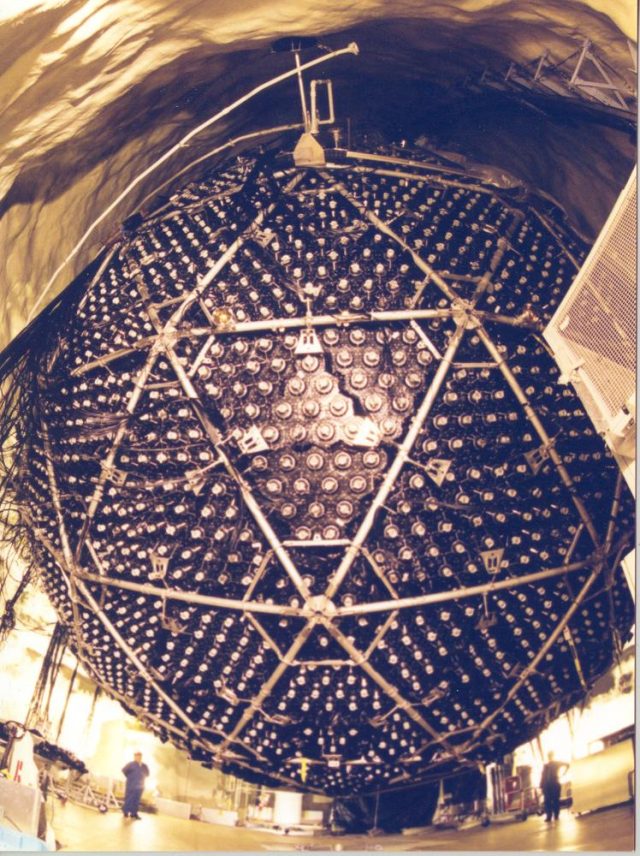

Imagine an animal that is 25 per cent cat, 25 per cent dog and 50 per cent giraffe. But, crucially, each does not correspond to a flavour – in fact, each neutrino is a different mix of all three masses. There are three distinct mass states of the neutrino.

The electron-neutrino is associated with the electron, but there is also the muon-neutrino associated with the heavier ‘muon’ particle, and the tau-neutrino with the even heavier ‘tau’ particle. The electron-neutrino is merely one of three types, or ‘flavours’, of neutrino. There is a twist to this story – a major one. “The uncertainty in the mass limit is 100 times better than the previous best estimate.” “The result is an incredible achievement,” says Dr Melissa Uchida, a neutrino physicist at the University of Cambridge. KATRIN aims to measure the mass of the neutrino, vital for understanding the Universe © KATRIN Collaborationīy comparison, an electron has a mass of 500,000eV. The main spectrometer at the KATRIN experiment. The experiment found that the neutrino cannot weigh more than 1.1eV (because Einstein showed that mass is a form of energy, physicists measure the masses of subatomic particles in energy terms – an eV is an electron volt). It is operated by a team of 150 people from six international institutions, and yielded its first result after only one month of operation after observing two million electrons. After 18 years of planning and building, it weighs 200 tonnes and cost about €50m (£42m).

KATRIN is an extraordinary piece of engineering. Wolfgang Pauli and the discovery of the Universe's most elusive particle.Who really discovered the Higgs particle?.The weak nuclear interaction: the enigmatic fundamental force that makes life possible.So if the physicists only allow the most energetic electrons to reach their detector, it ensures that their associated neutrinos will have very little energy – this allows them to make a more accurate reading of the neutrinos’ mass. The energy is divided between the electron and the neutrino – if an electron has lots of energy, then it must mean that its associated neutrino only has a little bit. They can do this because the amount of energy emitted by the tritium nuclei is always the same. Looking inside the large electrostatic spectrometer, the heart of the Karlsruhe Tritium Neutrino Experiment, KATRIN © Michael Zacher


 0 kommentar(er)
0 kommentar(er)
